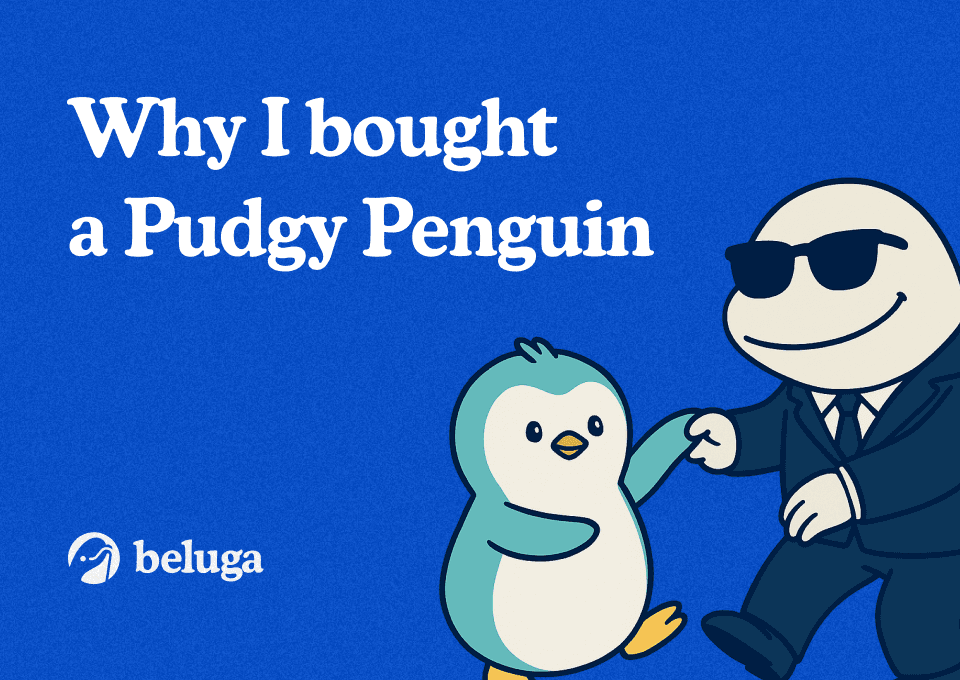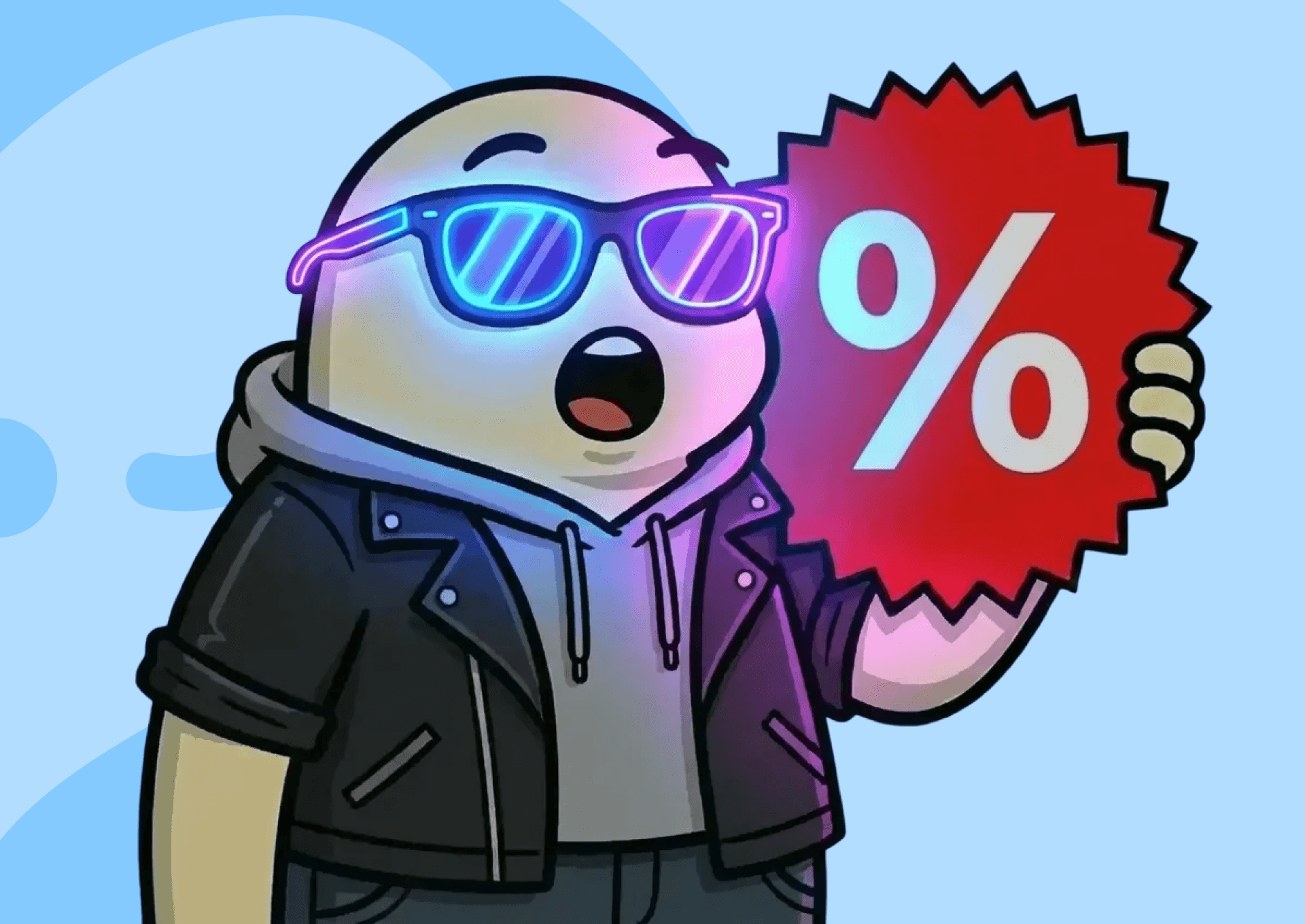What are Strategy Tokens?
By Aidan Carney Skytt Updated October 14, 2025

Summary
- Punkster uses funds generated from the token to buy floor Punks and then automatically re-lists them for 20% higher.
- Traders discovered they could trick the contracts into buying their NFTs for many multiples above floor.
- The best part about strategy tokens is that TokenWorks actually tried something new and innovative.
First of many
Token Works created Punkster, a token designed to provide liquid exposure to the CryptoPunks collection. Punkster uses funds generated from the token to buy floor Punks and then automatically re-lists them for 20% higher. When one sells, the proceeds are used to buy another Punk, and the cycle continues.
In theory, this is great for the NFT ecosystem and for Punks specifically. Punks don’t have a native token, so there’s no way to gain exposure to the collection at a smaller dollar amount. You can’t buy $100 worth of a CryptoPunk — you either purchase a whole Punk or nothing. Punkster fills that gap in the market.
It also shakes up the floor, increases volume on the collection, and takes Punks off the market… All good things for the ecosystem.
Copycats
After a relatively successful Punks launch, Token Works rolled out five more NFT strategies for other collections: Pudgy Penguins, Bored Apes, Moonbirds, Dickbutts, and Meebits.
To say the start was rough would be an understatement.
Structure
All the NFT strategies started with the same model as Punkster: use cash from the coin to buy a floor NFT and automatically relist it for 20% higher. The profits are then used to buy another floor.
Fees
The NFT strategies use a sliding fee scale where the first bid paid a 99% buy and sell fee, with each subsequent bid reducing the fee until it bottoms out at 10%.
This hurt early bidders, who needed a 2x just to break even. Because the fee applies to both buys and sells, sell pressure still benefits the Punk ecosystem and adds assets to the strategy’s balance sheet.
Honeypot accusations
The original NFT strategies used smart contracts that only allowed you to buy the coin, not sell or transfer it. From the outside, the charts looked like they were pumping, but that was only because no one could sell.
When the developer finally updated the smart contract, many traders rushed for the exits and the tokens experienced a flash crash. Birbstir, the Moonbird strategy coin, dropped 30% before recovering.
Tricking the contract
The smart contracts were poorly designed in more ways than one. Traders discovered they could trick the contracts into buying their NFTs for many multiples above floor. One trader exploited this by purchasing floor NFTs and then selling them back to the strategy contracts at inflated prices, making $750,000 across all trades.
Short lived Success
After a rough start, strategy tokens made a strong move upward. PunkStrategy climbed 200% in a week, while BirbStrategy surged 465% over the same period. Unfortunately, the hype didn’t last long — PunkStrategy is now down 54% from its all-time high.
New Tech
The best part about strategy tokens is that TokenWorks actually tried something new and innovative. Crypto metas often feel stale, but this introduces a fresh mechanism. It also brought attention back to NFTs, a market segment that hasn’t caught a public bid since 2021.
Executive Reactions
NFT companies have had mixed reactions to liquid tokens being built around their collections. On the positive side, Meebits has fully embraced strategy tokens, even buying Meebits for the strategy vault to keep the flywheel spinning. Spencer from Moonbirds was less enthusiastic about BirbStrategy. He’s skeptical that strategy tokens truly benefit NFT holders and believes the model still needs refinement. I also suspect he dislikes BIRBSTR because it draws attention away from the upcoming Moonbirds TGE.
Outlook
When done properly, NFT strategy coins have the potential to benefit both the market and holders. They function as if the collection had its own coin launched by a third party. This model doesn’t make as much sense for collections that already have memecoins, like Pudgy Penguins and Bored Apes.
For example, if you want exposure to Pudgy Penguins without buying a full NFT, you could simply buy PENGU. It’s the liquid option for the collection, and with no fees, it makes more sense than PudgyStrategy, where a complete trade costs 20% in fees.
On the other hand, for collections without a memecoin, strategy tokens are a strong way to gain exposure without having to buy a full NFT. They also benefit from speculation. My favorites so far are PunkStrategy, followed closely by BirbStrategy. That said, I don’t hold either right now, the market’s attention has shifted elsewhere.
Join the Beluga Brief
Dive deep into weekly insights, analysis, and strategies tailored to you, empowering you to navigate the volatile crypto markets with confidence.
Never be the last to know
and follow us on X








